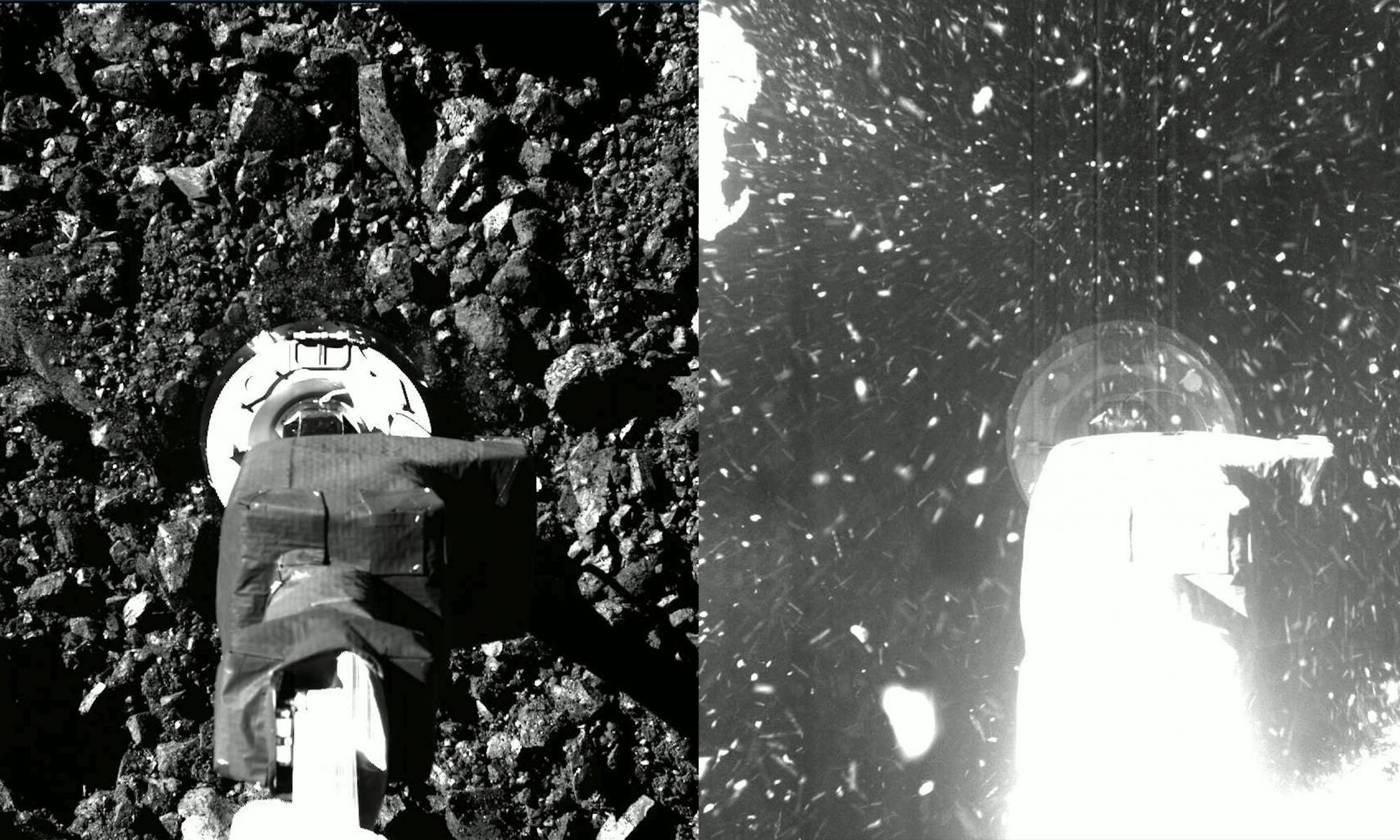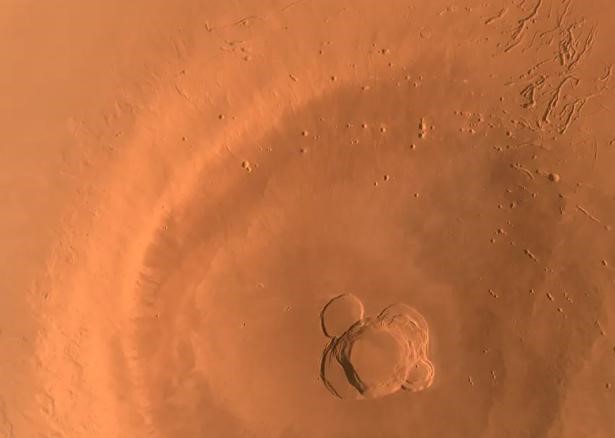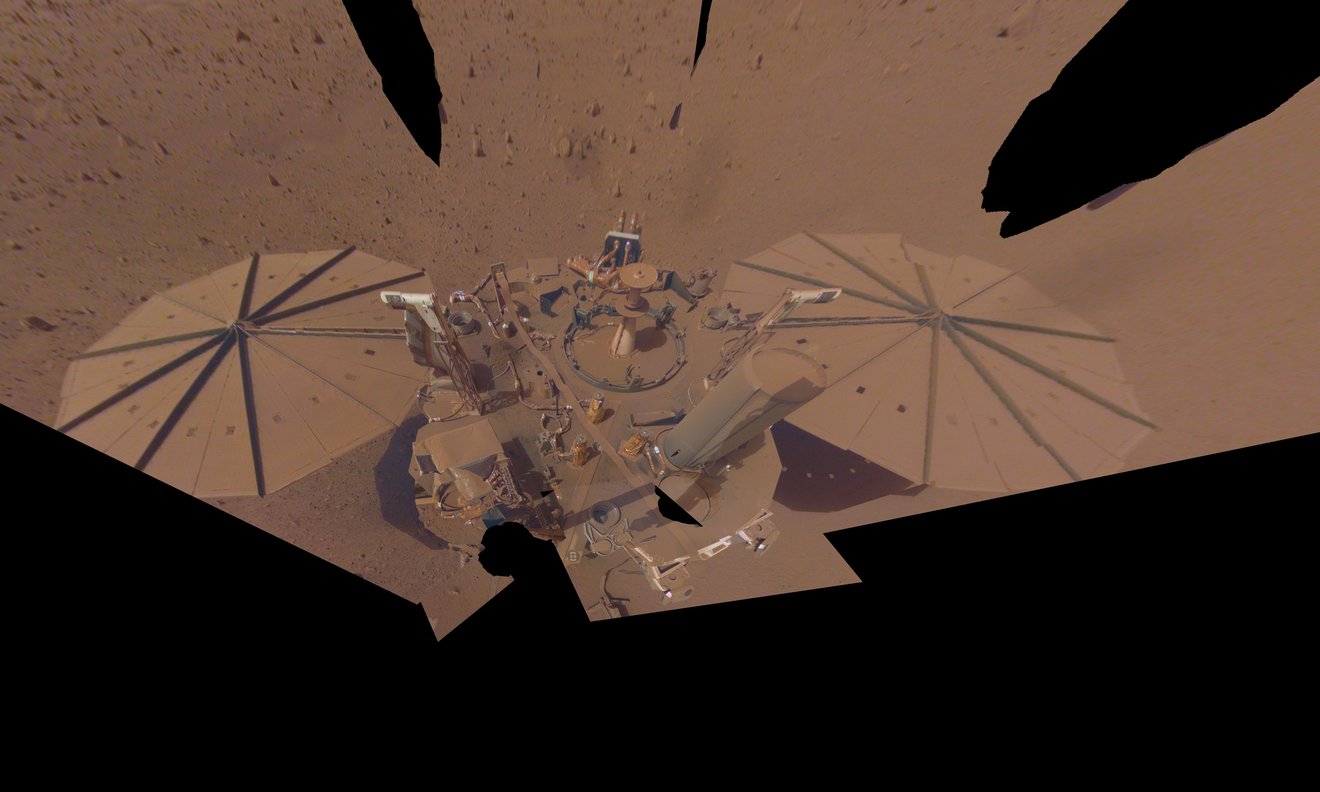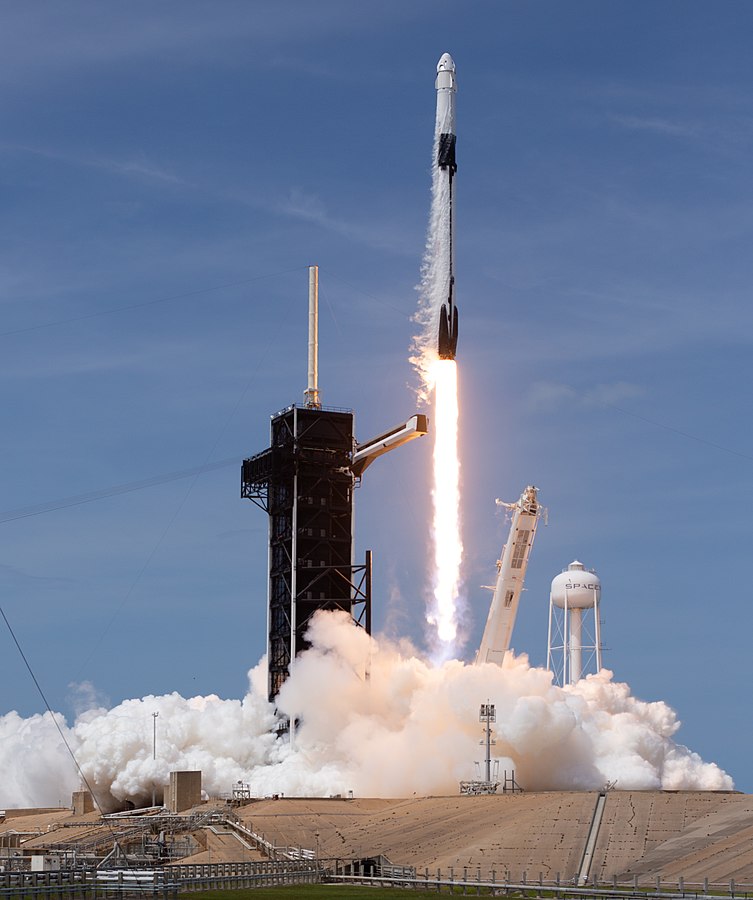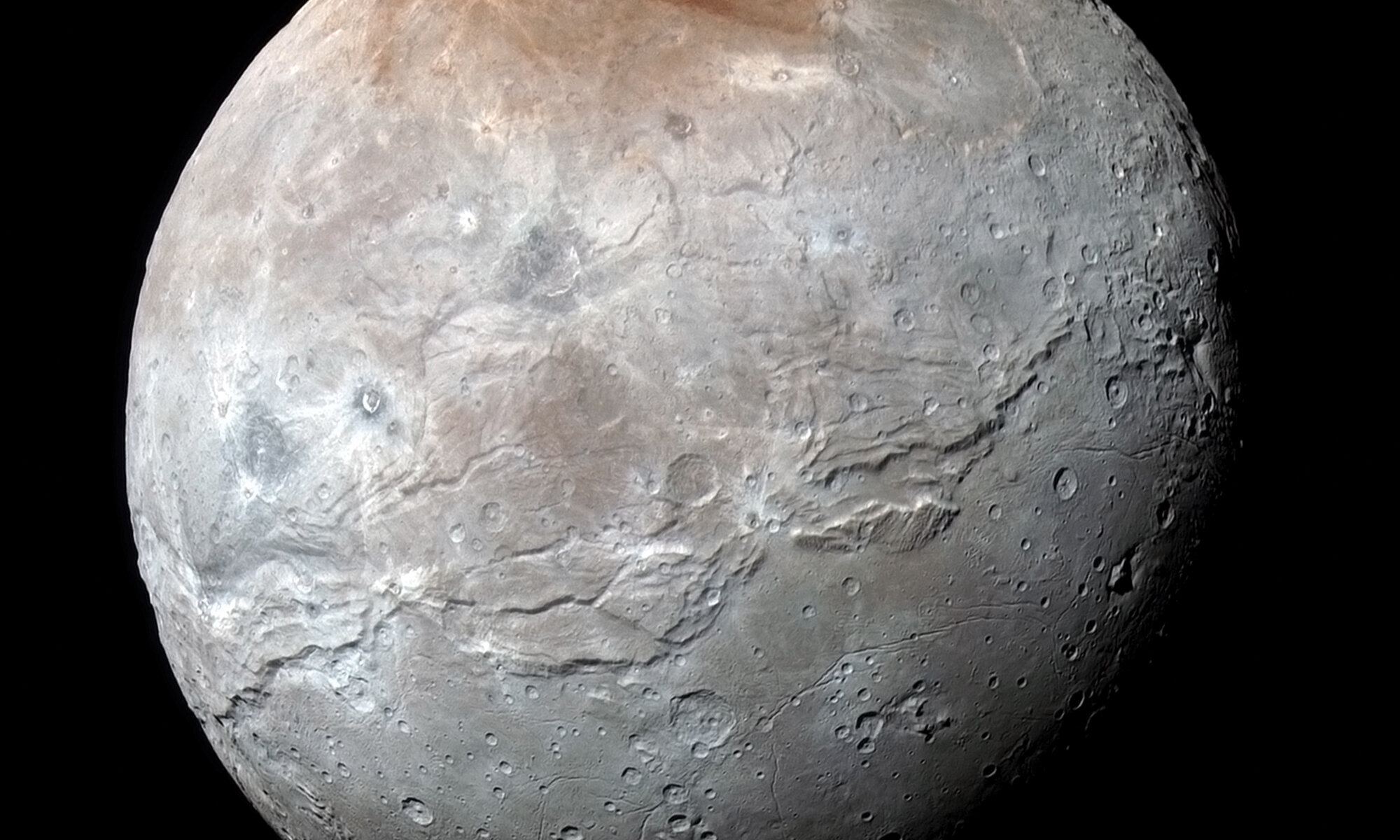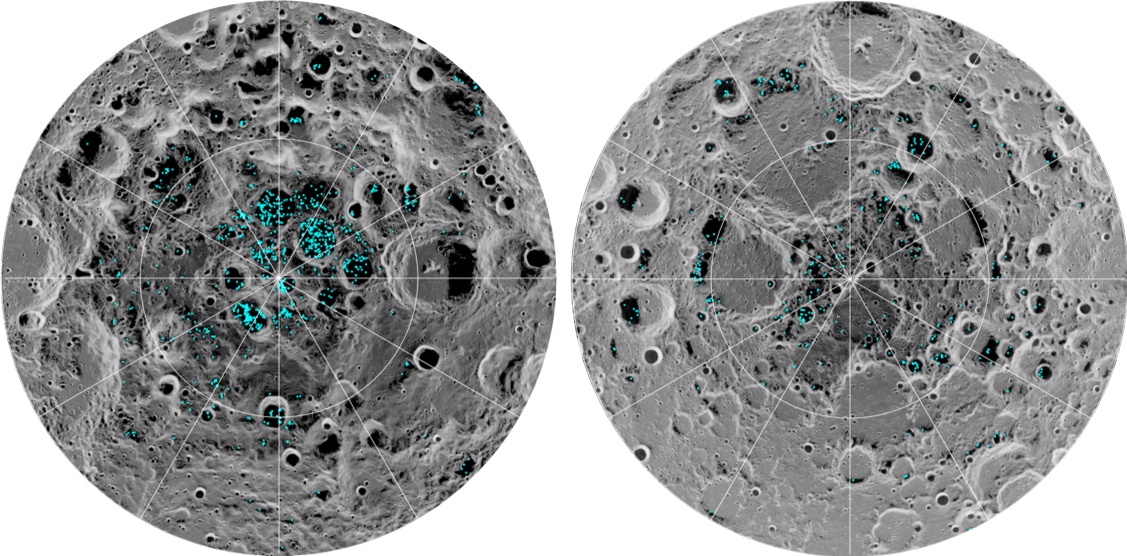A pair of studies published in Science and Science Advances have helped identify that NASA’s OSIRIS-REx (Origins, Spectral Interpretation, Resource Identification, Security-Regolith Explorer) spacecraft would have sunk into the asteroid Bennu had the spacecraft not fired its thrusters immediately after collecting samples from the surface of the small planetary body in October 2020. The respective studies examined the loosely packed exterior of Bennu, comparing its surface to stepping into a pit of plastic balls that people of all ages enjoy. The paper in Science was led by Dr. David Lauretta, Principal Investigator of OSIRIS-REx and a Regents Professor at the University of Arizona, and the paper in Science Advances was led by Dr. David Walsh, a member of the OSIRIS-REx team from the Southwest Research Institute in Boulder, Colorado.
Continue reading “OSIRIS-REx Would Have Sunk Deep into Asteroid Bennu if it Tried to Land”Solar System Tours: Plumes of Enceladus
“We’re coming up on the plumes!” The co-pilot announced over the intercom.
The other six passengers and I took our positions along the viewing cupola at the belly of the “Tour Bus”, and each grabbed on to the hand and foot restraints to keep ourselves in place in the weightlessness. We were traveling about 400 km (250 miles) above the south pole of Enceladus looking down at the highly reflective surface that was so bright it took about a minute for our eyes to adjust. We all remained silent, and my heart was pounding in anticipation. The Tour Bus silently coasted for a few more minutes as we took in the breathtaking view of Saturn’s sixth-largest moon.
Continue reading “Solar System Tours: Plumes of Enceladus”Perseverance is Searching for the Perfect Landing Spot for the Upcoming Sample Return Mission
NASA’s car-sized Perseverance (Percy) Mars rover has been had at work carrying out its science campaign in Jezero Crater on the Red Planet, but it’s equally been busy scouting for sites for NASA’s planned Mars Sample Return (MSR) mission, which is a joint mission with the European Space Agency. One of the many tasks for Percy has been to collect sample tubes that MSR will eventually return to Earth for further analysis, having collected its ninth sample on July 6. This most recent sample is especially intriguing as it’s the first taken from the Jezero’s delta itself, which is believed to be one of the most ideal locations to search for past life on the Red Planet.
Continue reading “Perseverance is Searching for the Perfect Landing Spot for the Upcoming Sample Return Mission”China’s Tianwen-1 has Imaged the Entire Surface of Mars, Completing its Primary Mission
After exploring Mars for more than a year, China’s Tianwen-1 space probe has successfully taken images covering the entire Red Planet, China’s National Space Administration (CNSA) announced on June 29. Tianwen-1, which translates to “quest for heavenly truth”, consists of six separate spacecraft: an orbiter, two deployable cameras, lander, remote camera, and Zhurong rover. The images in question were taken by the orbiter while circling Mars 1,344 times, capturing images of the Red Planet from every angle while Zhurong explored the surface. in the statement, CNSA said the probe has now completed all of its tasks, which included taking medium-resolution images covering the entire planet.
Continue reading “China’s Tianwen-1 has Imaged the Entire Surface of Mars, Completing its Primary Mission”Snooping on Alien Messages Passing Through the Solar System
Researchers at Penn State University have studied a new technique that could use a star’s ability to focus and magnify communications which could be passing through our own solar system, and has been accepted for publication in The Astronomical Journal and was part of a graduate course at Penn State covering the Search for Extraterrestrial Intelligence (SETI. The study describes our Sun as potentially acting as a kind of node as part of an interstellar communication network involving probes or relays near our Sun, acting like cellular telephone towers in space.
Continue reading “Snooping on Alien Messages Passing Through the Solar System”Mars Rovers Will Need to Dig Deeper If They Want to Find Evidence of Life
The search for life—even ancient life—on Mars is trickier than we thought. In a recent study published in the journal Astrobiology, researchers have determined that NASA’s Mars Perseverance (Percy) Rover will have to dig two meters (6.6 feet) beneath the Martian surface in order to find traces of ancient life. This is because the surface of Mars is constantly bombarded with extreme levels of solar radiation that scientists hypothesize would quickly degrade small molecules such as amino acids. The reason for this extreme level of radiation is due to the absence of a magnetic field, which scientists believe was stripped away billions of years ago when the planet’s liquid outer core ceased to produce the dynamo that created the field.
Continue reading “Mars Rovers Will Need to Dig Deeper If They Want to Find Evidence of Life”Despite its draining power, NASA’s InSight Mars lander is determined to squeeze as much science as it can until the very last moment
Its solar panels are caked with dust and the batteries are running out of juice, but NASA’s InSight Mars lander continues to soldier forth collecting more science about the Red Planet until its very last beep. To conserve energy, InSight was projected to shut down its seismometer—its last operational science instrument—by the end of June, hoping to survive on its remaining power until December. The seismometer has been the key instrument designed to measure marsquakes, which it has been recording since it touched down on Mars in 2018, and recently recorded a 5.0-magnitude quake, the biggest yet.
Continue reading “Despite its draining power, NASA’s InSight Mars lander is determined to squeeze as much science as it can until the very last moment”More Rocket Launches Could Damage the Ozone Layer
There are few things in this world that brings feelings of awe and wonder more than a rocket launch. Watching a literal tower of steel slowly lift off from the ground with unspeakable power reminds us of what humanity can achieve despite our flaws, disagreements, and differences, and for the briefest of moments these magnificent spectacles are capable of bringing us all together regardless of race, creed, and religion.
Continue reading “More Rocket Launches Could Damage the Ozone Layer”Charon’s Red Cap at its North Pole? We Might Have an Answer
Pluto’s largest moon, Charon, started off as a beautiful, smooth red grape until someone came along, mostly peeled it, tried to smoosh it, then just gave up and walked away, leaving the poor moon to look like the absolute travesty that it is. Okay, so maybe that’s not exactly what happened, but Charon just looks like a mess and scientists want to know why. Never mind its smooshed equator, but what’s the deal with its red cap? Where did it come from and why is it red?
Continue reading “Charon’s Red Cap at its North Pole? We Might Have an Answer”The Moon Could Have Gathered Some of its Water from the Earth’s Atmosphere
Our Moon is a fascinating world that has captivated us since time immemorial. Long before the first telescope was invented, ancient humans used the Moon as a calendar in the sky, with evidence that lunar timekeeping was around as early as 25,000, 30,000, and even 35,000 years before the present. Long before humanity had written language, lived in organized cities, and worshipped structured religions, the Moon was one of humanity’s first timepieces. It wasn’t until the telescope was invented that our Moon became an object of scientific curiosity, with the sketches by Galileo Galilei giving us a new perspective on our nearest celestial neighbor. As science advanced, so did our understanding of the Moon. While the Apollo missions were successful in teaching us about the geology of the Moon, it wasn’t until 2009 when the LCROSS impact probe onboard the Lunar Reconnaissance Orbiter deliberately crashed into a dark crater on the Moon’s south pole and detected 155 kilograms of water as it flew through the ejecta plume before ultimately crashing into the lunar surface.
Continue reading “The Moon Could Have Gathered Some of its Water from the Earth’s Atmosphere”
